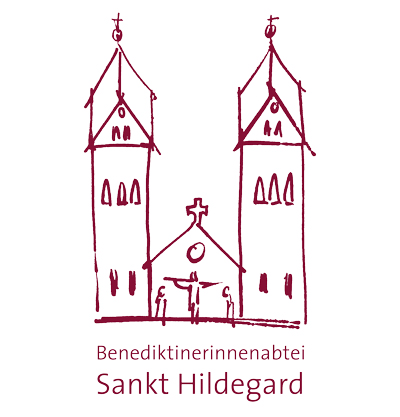Scenes from the Old Testament are shown on the five panels above the arches on the southern (right) side wall. Viewed from back to front, the following motifs are shown:
1) Noah’s Ark, which was seen as a symbol for the church and was the preferred place of God’s promise.
2) God’s visit to Abraham and Sarah, when Abraham is told that he is to be the progenitor of God’s people.
3) Jacob’s dream of the ladder coming down from heaven, which is shown here as stairs between heaven and earth, with angels ascending and descending.
4) The procession of the priests with the Ark of the Covenant. This does not represent a certain procession but rather the Old Testament tradition to process with the Ark of the Covenant in general.
5) The altar, which is dedicated to „ignoto deo“, the unknown God. This picture expresses the idea of God also dwelling amongst the heathen and refers to the apostle Paul’s speech at the Areopagus in Athens (cf. Acts 17:22-31).
The middle frieze above the arches on the northern (left) side wall depicts five scenes, mainly from New Testament times, of God’s revelation to man. Again, from back to front these are:
1) Adam and Eve in Paradise. This picture is the first of the New Testament ones, as Christ’s redemptive work has Paradise as its starting point and wants to restore the inseparable union of God with man before the fall of man.
2) Christ’s incarnation in the manger at Bethlehem. In a unique way, the Word of God makes its dwelling with man through his Son.
3) The last supper with the disciples on Maundy Thursday and the institution of the Holy Eucharist.
4) The coming down of the Holy Spirit at Pentecost and the sending out of the disciples into the whole world.
5) The relationship between Christ and his church shown in the three symbolic images: bride and bridegroom, shepherd and flock and vine and branches.










